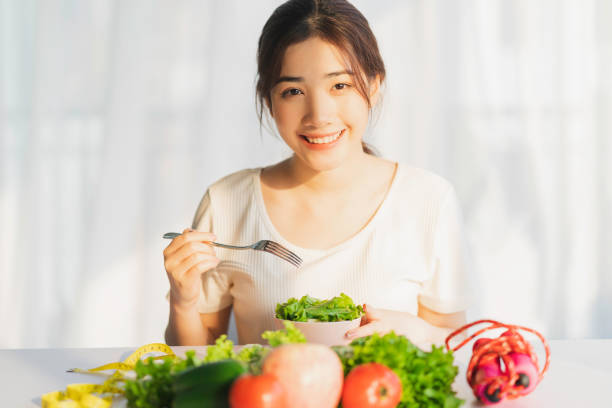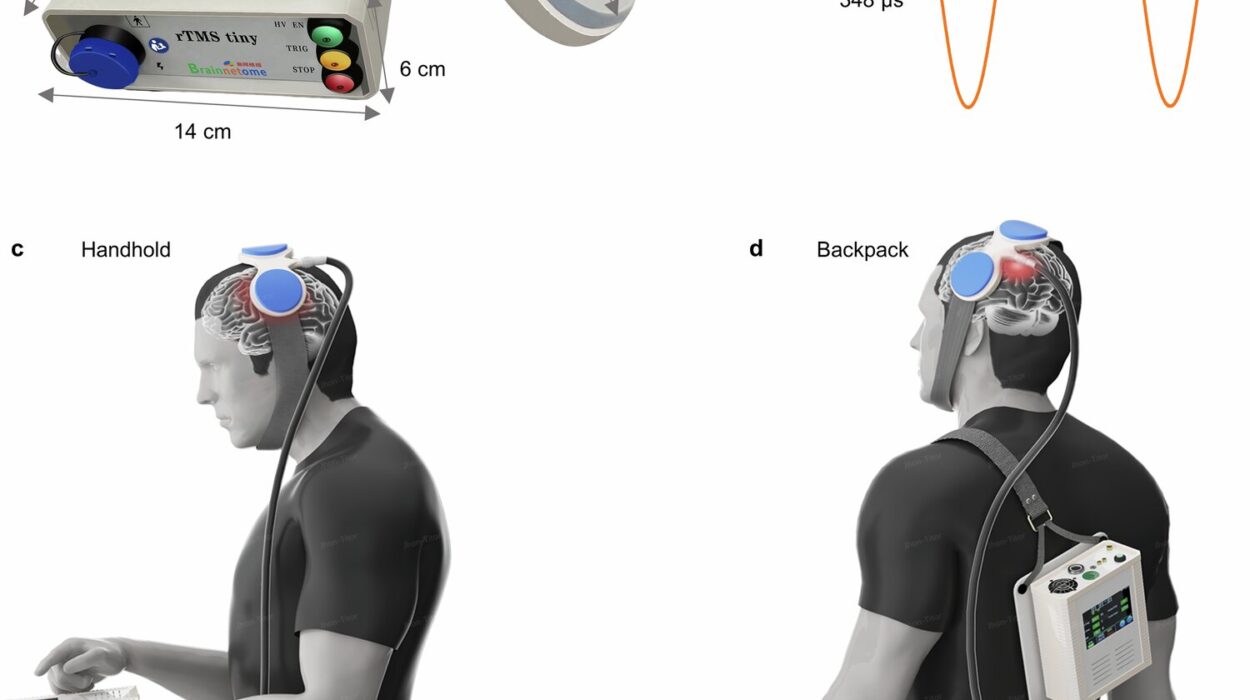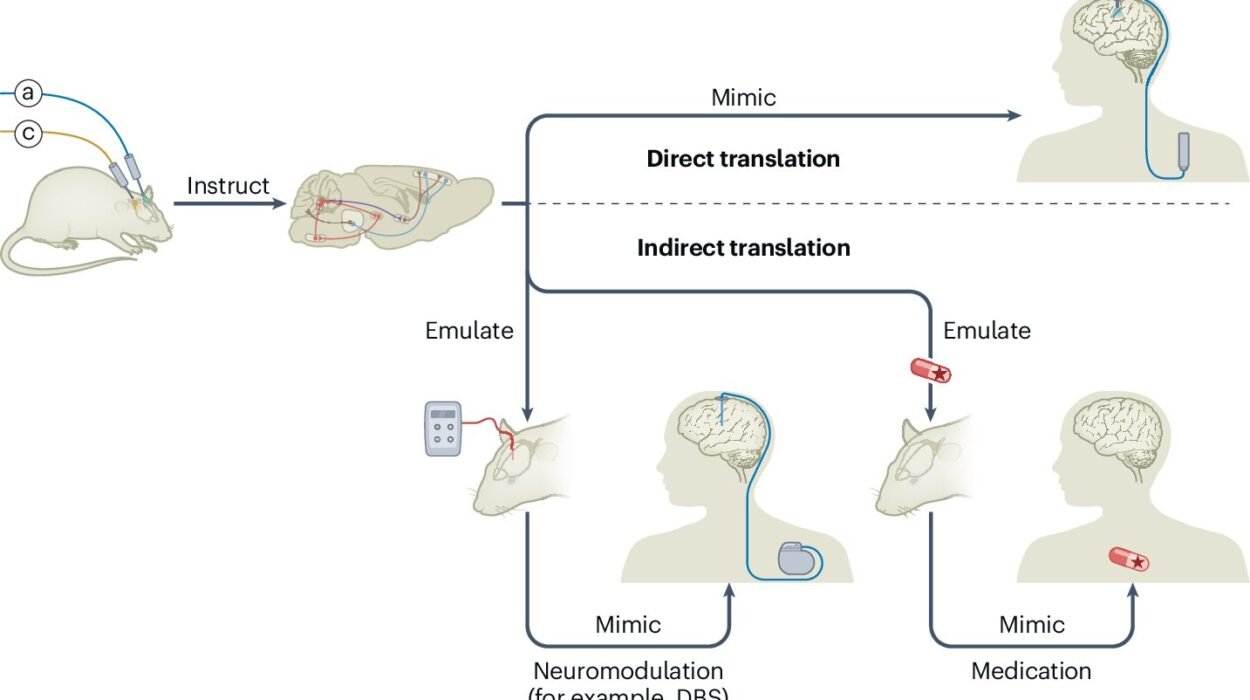The way a woman nourishes her body isn’t just about calories, protein, or the number on the scale. It’s about how food functions as a powerful partner in every season of her life—from the bloom of adolescence to the wisdom of the golden years. Nutrition isn’t static. It flows, adapts, and demands change as the body grows, shifts hormones, conceives life, heals, and matures.
What worked in your twenties might not serve you in your forties. What your body craves at sixty may have been unnecessary at sixteen. This is because your body is constantly rewriting its nutritional script, and listening to that script—through cravings, symptoms, or subtle shifts in energy—can make the difference between just surviving and truly thriving.
So, what should women eat at every stage of life? The answer lies not in a one-size-fits-all diet, but in understanding the unique physiological demands that come with each life chapter—and choosing foods that rise to meet those needs.
Adolescence: Feeding the Bloom
The teenage years are a whirlwind of physical transformation. Hormones surge. Bones lengthen. Muscles form. Periods begin. And amidst all that, a young woman’s relationship with food can become complicated. From societal pressures to diet culture to fluctuating moods, eating can be less about nourishment and more about control—or confusion.
Yet, this is the very moment when food matters more than ever. A young woman’s body is laying the foundational blocks of her future health. Calcium is quietly building bone density that needs to last a lifetime. Iron is replenishing what’s lost during menstruation. Healthy fats are feeding the brain, shaping emotions, and supporting a rapidly developing endocrine system.
Whole grains, leafy greens, legumes, avocados, oily fish, nuts, and seeds become non-negotiable allies. They’re not just “healthy options”—they’re essential tools for building a resilient body and balanced mind. Protein helps maintain muscle mass and regulate appetite, while omega-3s assist in brain development and mood regulation.
Equally important is developing a positive relationship with food. Eating shouldn’t feel like a battlefield. Girls who understand that food is fuel, not an enemy, tend to carry that wisdom with them into adulthood. Encouraging intuitive eating—where hunger, fullness, and satisfaction guide choices—can be a life-changing practice that starts early.
The Reproductive Years: Fueling Fertility and Cycle Health
From the early twenties through the late thirties, a woman’s body is often at its most fertile. Even if pregnancy isn’t on the radar, these years are driven by a dynamic hormonal symphony that affects everything from energy and libido to mood and metabolism.
Each month, the body orchestrates a hormonal ballet. Estrogen rises and falls, ovulation occurs, progesterone builds, and then the uterine lining sheds—if conception hasn’t happened. This dance demands a steady supply of nutrients to maintain balance and minimize symptoms like PMS, cramps, or fatigue.
During the follicular phase (the first half of the cycle), estrogen dominates. This is a great time for lighter, fresh foods—leafy greens, citrus fruits, fermented vegetables, and sprouted grains that complement the body’s natural detox pathways. As ovulation approaches, protein and zinc become crucial, supporting egg development and hormonal signaling.
The luteal phase, when progesterone rises, often calls for more grounding foods. This is when many women experience cravings. Instead of resisting them entirely, it helps to shift toward nutrient-dense comfort: roasted root vegetables, dark chocolate, magnesium-rich leafy greens, and healthy fats that soothe and stabilize blood sugar.
Iron remains important—especially for those with heavy periods. Vitamin C aids in absorption, so pairing spinach or lentils with citrus fruits is a small change that yields big rewards.
And let’s not forget the emotional terrain of these years. Whether navigating heartbreak, careers, motherhood, or marriage, emotional eating can spike. Instead of judging it, the key lies in listening. What is the craving trying to say? Sometimes, it’s not a cookie—it’s comfort. Sometimes, it’s not a burger—it’s boundaries.
Pregnancy: Building Two Bodies at Once
Pregnancy is an extraordinary act of creation. In a matter of months, the female body forms a human being from scratch. Organs, bones, skin, brain, blood—all spun from the food a woman eats, the air she breathes, and the nutrients she stores.
During these nine months, the nutritional stakes skyrocket. Every bite counts. Yet, it’s also a time when appetite and tolerance can be wildly unpredictable. Nausea, heartburn, food aversions, and fatigue can turn the most mindful eater into a carb-craving survivalist.
Still, there are key nutrients that deserve star status. Folate (and its natural form, folacin) supports the baby’s neural tube development. Iron helps fuel the increased blood volume and supports oxygen delivery to the fetus. DHA, a form of omega-3 fat, nourishes the brain and retina. Choline—often overlooked—is crucial for fetal brain development.
Protein needs rise steadily, and so do calorie requirements, especially in the second and third trimesters. But quality matters more than quantity. A bowl of bone broth can offer collagen, amino acids, and hydration. A handful of almonds can deliver magnesium, fiber, and healthy fats. Eggs—especially with the yolk—are a nutritional powerhouse that can often be tolerated even during nausea.
Hydration takes on new importance too. Amniotic fluid, increased blood supply, and lymphatic drainage all depend on adequate water intake. For women struggling to keep food down, even small wins—like a smoothie with spinach, banana, and nut butter—can be enough to nourish and sustain.
Mindful eating during pregnancy isn’t about perfection. It’s about abundance, gentleness, and gratitude—for a body that is working overtime to build life.
Postpartum and Breastfeeding: Rebuilding and Replenishing
The postpartum phase is often described as the “fourth trimester,” and it deserves just as much attention as pregnancy itself. A woman who has given birth—whether vaginally or via C-section—has endured a tremendous physical transformation. Her nutrient stores may be depleted. Her hormones are crashing. Her body is shifting rapidly to adjust to breastfeeding, healing, and the new demands of motherhood.
This is not the time for crash diets or bouncing back. It is a time for deep, intentional nourishment. Food becomes medicine—a tool for recovery, restoration, and resilience.
Breastfeeding requires additional calories—often more than pregnancy itself. But not just any calories will do. Whole, nutrient-rich foods like grass-fed meats, wild-caught fish, organ meats, lentils, sweet potatoes, seaweed, and plenty of water-rich fruits and vegetables can make a world of difference in milk quality and maternal energy.
Iron is often low after childbirth, especially if there was significant blood loss. Pairing iron-rich foods with vitamin C, again, helps absorption. B12, iodine, calcium, and zinc also play critical roles in postpartum recovery and infant development via breastmilk.
Warmth is key. Many traditional cultures feed postpartum women warm, soft, comforting foods—congees, stews, soups, and herbal teas—to promote healing and energy. There’s wisdom in this. Cold foods can slow digestion and dampen vitality during this delicate phase.
Equally important is the emotional context of eating. A woman caring for a newborn may forget to feed herself. She may eat standing up, with one hand, or not at all. Simple, batch-cooked meals and nutrient-dense snacks like chia pudding, energy balls, or boiled eggs can help bridge the gap.
Nourishing the mother is not a luxury—it’s a necessity. When a woman is fed well, she is better able to feed others, both literally and metaphorically.
Perimenopause: Riding the Hormonal Tides
As women enter their forties and early fifties, the terrain of the body begins to shift once again. Perimenopause—the transitional years leading up to menopause—is marked by fluctuating hormones, particularly estrogen and progesterone. For many, this stage brings symptoms like mood swings, insomnia, hot flashes, weight gain, irregular periods, and increased anxiety.
Food becomes both a stabilizer and a healer. Phytoestrogens—plant compounds that mimic estrogen—can help smooth the hormonal rollercoaster. These are found in flaxseeds, fermented soy (like tempeh and miso), legumes, and sesame seeds. Incorporating them gently into meals can support balance without overriding the body’s natural rhythm.
Blood sugar stability becomes crucial. With declining estrogen, the body’s ability to handle carbs shifts. Highly refined sugars and flours can worsen symptoms, spike insulin, and lead to crashes that feel emotional as much as physical. Swapping simple carbs for complex ones—quinoa, millet, brown rice, lentils—can make a profound difference.
Protein becomes even more important now, not just for satiety but for muscle maintenance and metabolic health. Collagen declines in the skin, joints, and connective tissue, and including foods that support collagen production—bone broth, citrus fruits, zinc-rich seeds—can aid aging gracefully.
Magnesium is a hero mineral in perimenopause. It helps calm the nervous system, supports sleep, and relaxes muscles. Pumpkin seeds, dark chocolate, leafy greens, and soaked nuts are delicious, magnesium-rich allies.
And don’t forget hydration. As estrogen declines, tissues become less lubricated—internally and externally. Herbal teas like red clover, nettle, and raspberry leaf offer hydration with added mineral support.
Perimenopause is not a curse—it’s a rite of passage. With the right nourishment, it can be a time of rediscovery, creativity, and empowerment.
Menopause and Beyond: Sustaining Vitality
When menstruation has ceased for twelve consecutive months, a woman is officially in menopause. The post-menopausal years can bring relief from hormonal cycles, but they also introduce new nutritional challenges.
Bone density decreases more rapidly without estrogen, making calcium, vitamin D, and vitamin K2 essential. Foods like sardines (with bones), leafy greens, fortified plant milks, and sunshine become the pillars of skeletal health. Resistance training combined with proper protein intake helps preserve muscle mass and prevent frailty.
Heart disease risk increases after menopause, making healthy fats a vital part of the diet. Avocados, olive oil, walnuts, and wild salmon offer anti-inflammatory support and help manage cholesterol levels naturally.
Digestive efficiency can decline with age. Supporting gut health with probiotics (yogurt, kefir, fermented vegetables), fiber-rich foods, and adequate water helps maintain regularity and nutrient absorption.
Brain health becomes a top priority as well. Antioxidant-rich berries, turmeric, green tea, and DHA-rich fish provide neuroprotective support. The mind may slow, but it can also sharpen with the right fuel.
This stage of life is about honoring a body that has carried decades of stories. Eating becomes less about aesthetics and more about energy, mobility, and pleasure. Savoring meals, enjoying community, and listening to the body’s evolving needs become sacred acts of self-respect.
Conclusion: Nourishing Through Every Chapter
What women should eat is not a static prescription, but a living conversation. It’s a dialogue between the body and the plate, between appetite and intuition, between tradition and evolution.
The truth is, no one knows a woman’s body better than she does—especially when she’s taught to trust it. When we stop punishing hunger and start honoring it… when we stop chasing fad diets and start listening to cravings as communication… when we view food not as a problem to fix but a partner to cherish—something profound shifts.
Each stage of life brings its own beauty, its own challenges, and its own nutritional needs. And food, when chosen wisely and eaten joyfully, can support a woman through all of it: from the spring of her youth to the autumn of her elder years.
Let your fork be your ally. Let your meals be moments of healing. Let your nutrition be an evolving, sacred act of self-love—because your body is not just a vessel. It’s a legacy. Feed it like one.






